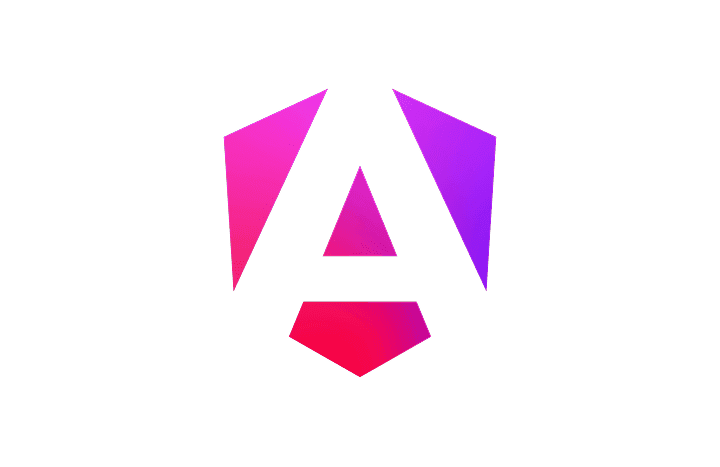
Angular Interview Questions
Angular is a widely used framework for developing modern web applications. Developed by Google, Angular provides an excellent infrastructure for building single-page applications (SPA). In this article, you’ll find a comprehensive guide to the most commonly asked Angular interview questions and how to approach them. Angular interviews may include questions that assess both your basic and advanced knowledge of the framework. The questions below represent some of the most frequently encountered Angular interview questions to help you prepare effectively.
1. What is Angular and When is it Used?
Angular is an open-source frontend framework developed by Google, commonly used to build single-page applications (SPA). Some key advantages of Angular include its component-based architecture, high performance, and a rich ecosystem. In interviews, you may be expected to discuss these benefits and the common use cases for Angular.
2. What are Angular Components?
Components are the building blocks of the user interface in Angular applications. Each component consists of an HTML template, CSS styles, and a TypeScript file. Components enable a modular structure and offer reusable features. When answering this question, it’s important to explain how components are defined and when they are used.
3. What is Data Binding in Angular and What are its Types?
Data binding in Angular manages the flow of data between components and templates. There are four types of data binding:
- Interpolation: Inserts data into HTML templates.
- Property Binding: Binds component properties to HTML elements.
- Event Binding: Connects user actions to component methods.
- Two-Way Data Binding: Synchronizes data between components and views.
Understanding how each type works can give you an advantage during the interview.
4. What are Angular Lifecycle Hooks?
Lifecycle hooks allow developers to tap into key moments in a component’s life, such as initialization, updates, and destruction. Common lifecycle hooks include:
- ngOnInit: Called once after the component is initialized.
- ngOnChanges: Called whenever input properties change.
- ngOnDestroy: Called right before the component is destroyed.
Being familiar with these hooks is essential for answering Angular interview questions.
5. What are Directives in Angular?
Angular directives change the behavior or appearance of HTML elements. There are three main types:
- Component Directives: Used to create components.
- Structural Directives: Alter the structure of the DOM (e.g., *ngIf, *ngFor).
- Attribute Directives: Modify the appearance or behavior of elements (e.g., ngClass, ngStyle).
It’s important to highlight the differences between these types and how they are used.
6. What is Dependency Injection in Angular?
Dependency Injection (DI) is one of Angular’s core features. It allows components to receive dependencies from external sources, promoting modular and maintainable code. DI helps manage dependencies across components and facilitates reusable logic. In interviews, you may be asked to explain how DI works and why it's essential.
7. What is Angular Routing and How Does it Work?
Routing in Angular enables navigation between different views or pages within a single-page application. It is implemented using the RouterModule, allowing navigation based on URL paths. Key elements include routerLink and router-outlet, which enable seamless navigation in the app.
8. What are Angular Services and How are They Used?
Services in Angular are used for sharing data and business logic across components. They help avoid code repetition and are commonly used for HTTP requests, database operations, and more. Services centralize logic and data management in Angular apps.
9. What is Lazy Loading and How is it Implemented in Angular?
Lazy loading improves performance by loading modules only when they’re needed. Angular supports lazy loading by allowing modules to be loaded on demand, reducing initial load time. This is especially useful in large applications and is a frequently discussed topic in interviews.
10. What is Angular CLI and How is it Used?
Angular CLI (Command Line Interface) is a tool for initializing, developing, and managing Angular projects. It allows developers to quickly generate components, services, and other elements, streamlining the development process. Knowing how to use CLI commands can set you apart in interviews.
When preparing for Angular interviews, having a solid understanding of core concepts like components, directives, services, and data binding is crucial. But it’s also important to be knowledgeable about advanced topics like dependency injection, performance optimization, and lazy loading.
Staying up-to-date with the latest Angular versions and best practices can also give you a competitive edge. Angular evolves rapidly, and being aware of recent updates and features shows initiative. You can also join our Slack community to network with thousands of Angular professionals and keep track of exciting career opportunities.
Want to test your technical skills and discover your strengths? Try out Techcareer.net’s custom-built assessments for the tech industry. Identify your areas for growth and start your career one step ahead!
Our free courses are waiting for you.
You can discover the courses that suits you, prepared by expert instructor in their fields, and start the courses right away. Start exploring our courses without any time constraints or fees.



